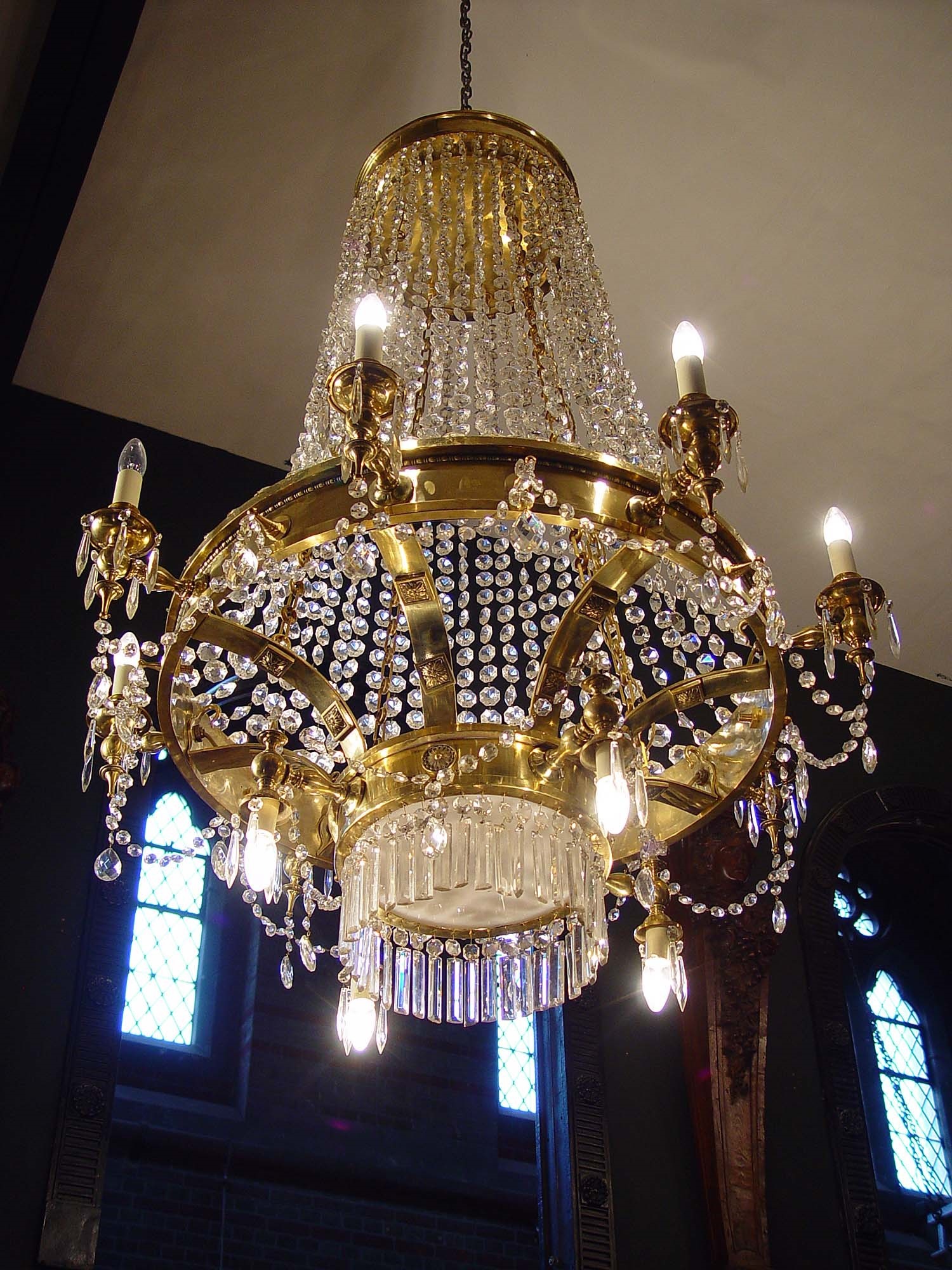Nothing inspires the imagination like the beauty of the light reflection of hundreds of pieces of glass. Chandelier lighting has been the peak of luxury for centuries and grace many ceilings in houses, restaurants and hotels around the world. But where did it all begin?
The history of the 800-year-old chandelier spreads across many countries. It has long been a symbol of royalty, aristocracy, wealth and luxury. Many of the designs we recognize today were developed between the 15th and 19th century, but with today’s technology and methods, contemporary design means we can transform the classic symbol into something bright, fun and edgy to compliment any domestic or commercial space. Think also of choosing exactly the right ceiling rose to complement any statement light fitting. For Ceiling Roses, consider a site like https://www.creative-cables.co.uk/2648-ceiling-roses
Italian chandelier development followed a course different to that produced in other European countries. Venetian chandeliers are unique in that they follow different manufacturing methods from the traditional glassmakers of Murano, an island near Venice. Italian style is highly sought after in the world, with many people wanting the antique crystal chandeliers that mimic the eternal beauty and original method of Venetian chandeliers.
The English chandelier has a different history as well, resulting in the development of the first ‘all-glass’ designs. Following the discovery of lead, which was patented by George Ravenscroft in 1676, the purity and clarity of glass increases significantly. The glass is softer and easier to cut, and also reflects the most beautiful rainbow spectrum in the light. This innovation drives desire for English chandeliers, considered world class workmanship.
Interestingly, the history of English chandeliers took a turn for the unusual, thanks to government taxation on glass in properties. The Glass Excise Act of 1765 imposed a tax on all glass in English homes, so many makers moved their production to Ireland, where they were exempt from the tax. It was a blow for manufacturing in the UK that inadvertently led to the creation of one of the most famous and popular designs.
The English Regency style was a result of manufacturers trying to cut costs. Instead of using crystal components which were very expensive to design, the glass-arms of the chandeliers began to be made using small drops of glass from broken pieces. Glass drops were strung on chains and placed on the top of the fixture to form the shape of a tent. More chains were suspended from the bottom of the frame to make a bag, packed together so tightly that the frame and the rod fixture were not visible. This style became known as the ‘tent-and-bag’.
One of the earliest designs of pendant lamps appear to originate from the Netherlands. Dutch brass chandelier had a big impact on how lighting was made, as before, most of the fixtures had been made of wood or iron. This innovative use of brass appeared in the 15th century and is characterized by the use of a central rod ball featuring a large ball, followed by a smaller rise ball. Brass better reflects the candlelight, thanks to a smooth surface. Brass chandeliers were seen in the churches of the time and as the knowledge of the design spread across Europe, such designs became very popular in France and England throughout the 17th century.








